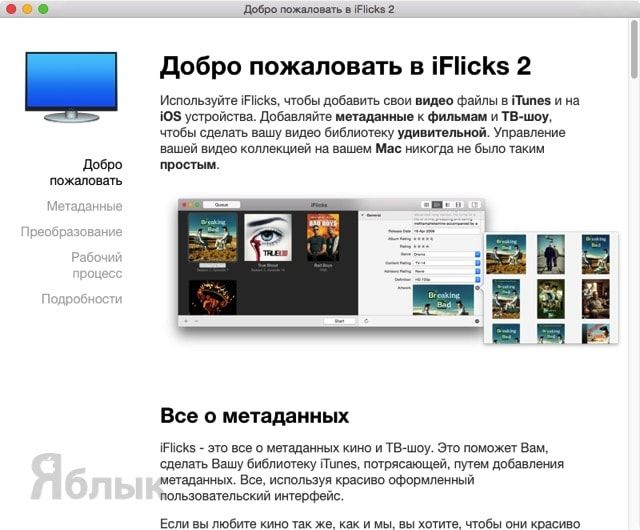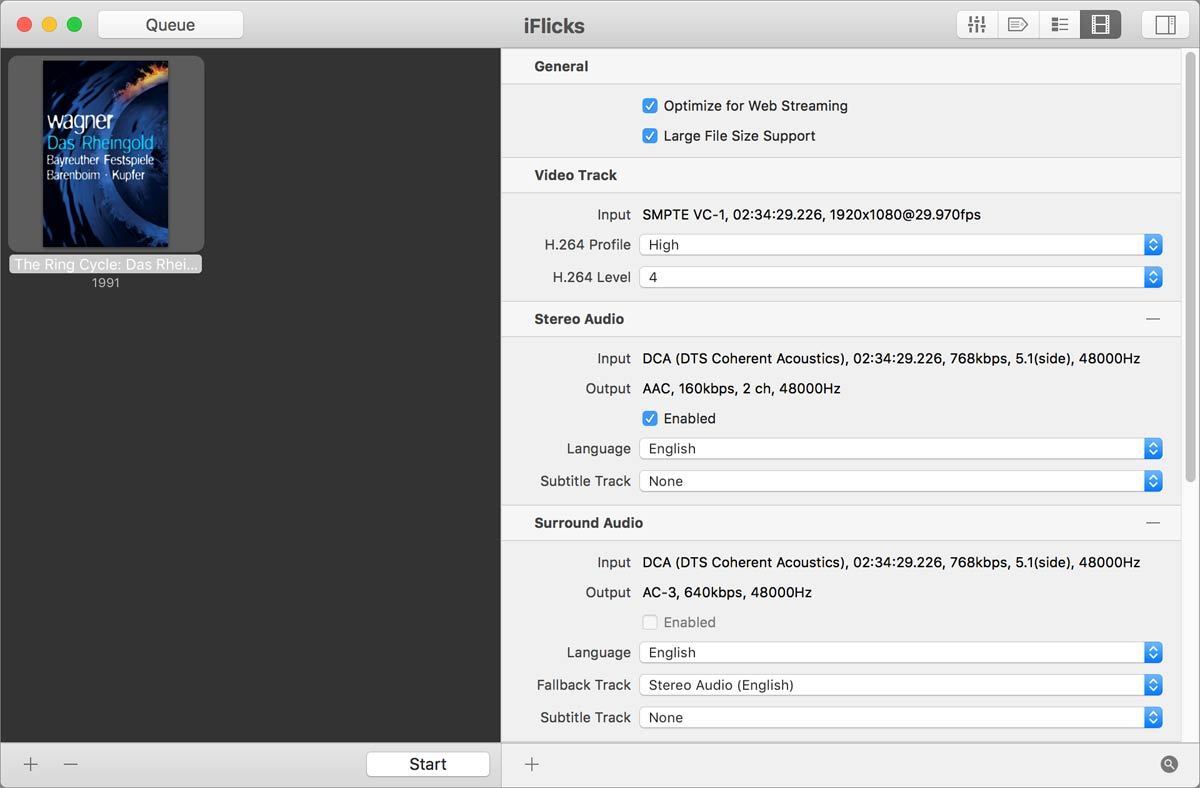

But in this case every remuxer will fail, because it's an incompatibility among the container formats. It will also fail, if the source container has multiple audio tracks and the destination container format doesn't support multiple audio tracks. If you get an error with this remux, then the destination container format doesn't support one of the codecs used in the source destination container. So record as mkv and remux to mov if you absolutely must.
#Iflicks remux mp4
Manually change the extension to mov and it will create a real mov file (and not a mp4 file with a mov extension as one might think). You are not limited to *.mp4 as destination.

You can use the remux feature of OBS to remux from everything to everything. You also don't need any external remux app like Handbrake. I hope this will help more people than just myself for future recordings with OBS :) It gives you complete freedom, but it does require digging in the ffmpeg docs for complex stuff. I love this, cause combined with the ability to specify command-line options from within the gui, you can awlays stay current by just updating the ffmpeg.įor simple de/remuxing, you select COPY-STREAM for video and audio codec at the bottom, like so: (it worked like a charm for my mkv to mov remuxing test).įor more complex stuff, like for example when the source file contains multiple tracks, you can use the -map option of ffmpeg in that "Custom input options" field. However, it lets you have ffmpeg installed, and then simply set the path of the ffmpeg binary to SmartFFmpeg's options. In the meantime, I found another ffmpeg front-end, called: SmartFFmepg.
#Iflicks remux 1080p
#Iflicks remux full
#Iflicks remux tv
With 1080P hitting the new iPad and Apple TV a few months ago, and the new Retina MacBook Pros now reaching people’s hands, some of you are perhaps now looking to send your Blu-ray collection over to Apple devices.


 0 kommentar(er)
0 kommentar(er)
